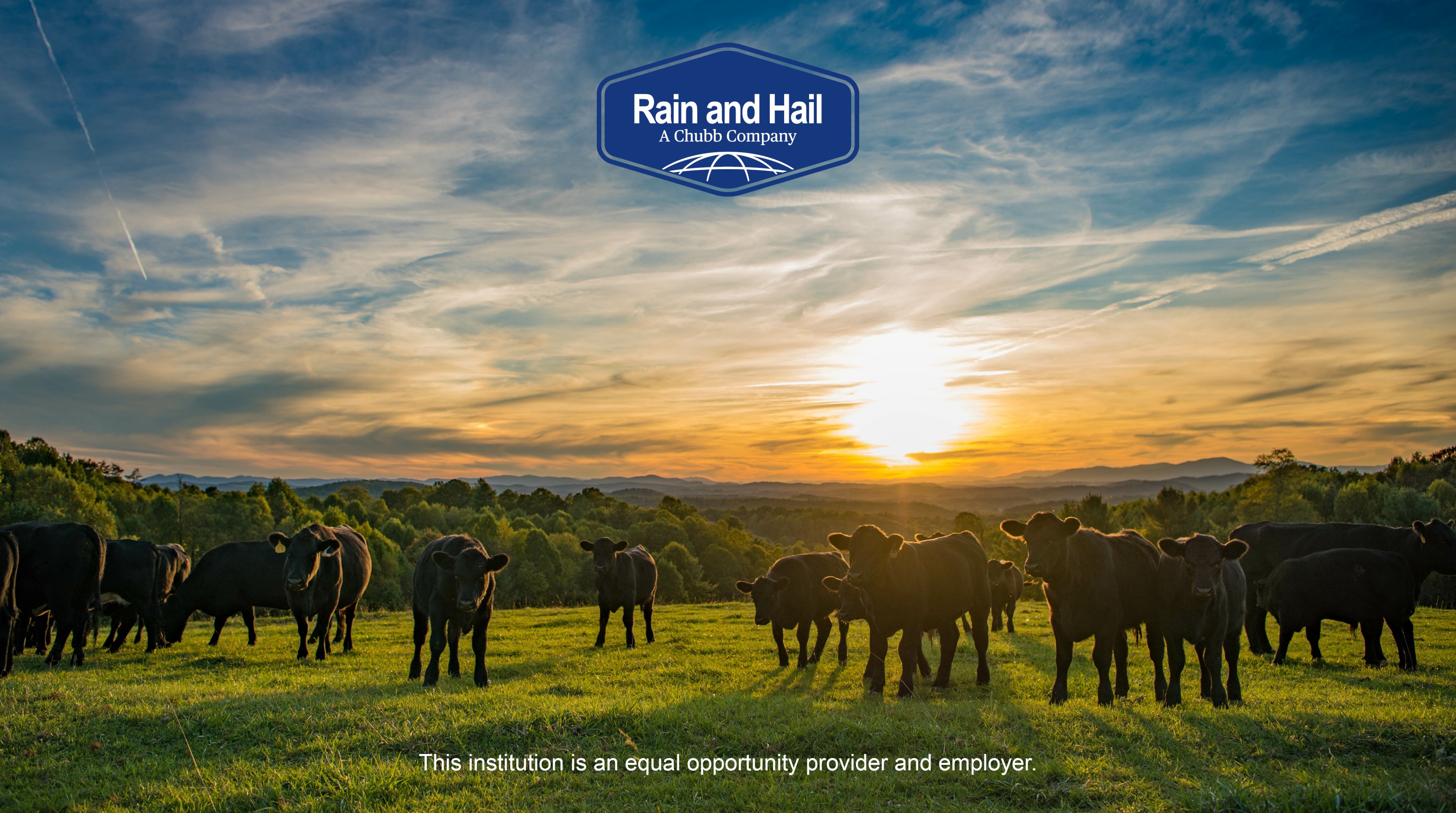Encourage Your Business: Bagley Risk Management Insights
Encourage Your Business: Bagley Risk Management Insights
Blog Article
Understanding Livestock Danger Protection (LRP) Insurance Coverage: A Comprehensive Guide
Browsing the world of animals danger protection (LRP) insurance policy can be a complex undertaking for numerous in the farming sector. This kind of insurance policy provides a safeguard versus market variations and unexpected conditions that might influence livestock manufacturers. By understanding the complexities of LRP insurance, manufacturers can make educated decisions that might guard their operations from economic dangers. From how LRP insurance operates to the numerous insurance coverage options readily available, there is much to uncover in this detailed overview that could potentially form the means animals producers approach risk monitoring in their companies.
.png)
How LRP Insurance Policy Works
Occasionally, understanding the technicians of Livestock Threat Security (LRP) insurance coverage can be complex, yet damaging down exactly how it works can provide clarity for breeders and farmers. LRP insurance coverage is a risk administration device developed to safeguard livestock manufacturers versus unforeseen price decreases. The plan enables manufacturers to set a protection level based upon their particular demands, selecting the variety of head, weight range, and coverage cost. As soon as the policy is in area, if market value drop below the insurance coverage price, manufacturers can sue for the difference. It is necessary to keep in mind that LRP insurance is not an income assurance; rather, it focuses only on rate danger security. The coverage period commonly ranges from 13 to 52 weeks, offering versatility for manufacturers to choose a duration that lines up with their manufacturing cycle. By making use of LRP insurance, breeders and farmers can mitigate the financial threats connected with changing market prices, making sure better security in their procedures.
Eligibility and Protection Options

When it comes to protection options, LRP insurance provides producers the flexibility to choose the protection level, insurance coverage duration, and recommendations that ideal fit their risk management demands. By recognizing the qualification requirements and coverage alternatives readily available, animals producers can make informed choices to handle danger successfully.
Advantages And Disadvantages of LRP Insurance Coverage
When examining Animals Threat Security (LRP) insurance, it is essential for animals manufacturers to weigh the benefits and negative aspects integral in this threat administration tool.

Among the key advantages of LRP insurance coverage is its capacity to provide security versus a decline in livestock rates. This can help guard producers from financial losses arising from market variations. Furthermore, LRP insurance policy uses a level of versatility, permitting manufacturers to customize protection levels and policy durations to fit their certain demands. By securing a guaranteed cost for their animals, manufacturers can much better take care of risk and prepare for the future.
One constraint of LRP insurance coverage is that it does not safeguard versus all types of threats, such as illness break outs or natural calamities. It is crucial for manufacturers to carefully evaluate their specific threat direct exposure and monetary circumstance to establish if LRP insurance is the appropriate threat management device for their operation.
Understanding LRP Insurance Coverage Premiums

Tips for Making Best Use Of LRP Conveniences
Maximizing the benefits of Livestock Risk Defense (LRP) insurance policy requires tactical preparation and positive threat management - Bagley Risk Management. To maximize your LRP protection, think about the adhering to pointers:
Frequently Examine Market Problems: Remain educated concerning market patterns and cost variations in the animals sector. By checking these variables, you can make enlightened choices concerning when to acquire LRP insurance coverage to secure versus prospective losses.
Set Realistic Protection Levels: When selecting insurance coverage degrees, consider your manufacturing expenses, market price of livestock, and potential dangers - Bagley Risk Management. Setting sensible protection degrees makes certain that you are effectively shielded without overpaying for unnecessary insurance
Expand Your Protection: As opposed to relying only on LRP insurance policy, consider diversifying your threat administration techniques. Incorporating LRP with various other danger management devices such as futures contracts or alternatives can give detailed coverage versus market uncertainties.
Review and Readjust Coverage Routinely: As market problems change, occasionally examine your LRP coverage to guarantee it aligns with your existing risk direct exposure. Changing insurance coverage levels and timing of acquisitions can help maximize your risk defense method. By following these ideas, you can maximize the advantages of LRP insurance and guard your livestock procedure against unanticipated threats.
Final Thought
In conclusion, animals danger protection (LRP) insurance policy is a beneficial tool for farmers to take care of the financial risks visit this web-site linked with their animals operations. By comprehending just how LRP works, qualification and coverage options, along with the advantages and disadvantages of this insurance coverage, farmers can make enlightened choices to secure their incomes. By very carefully considering LRP costs and carrying out methods to make the most of advantages, farmers can reduce possible losses and ensure the sustainability of their procedures.
Animals producers interested in getting Animals Risk Protection (LRP) insurance can discover a variety of qualification requirements and insurance coverage alternatives tailored to their specific animals operations.When it comes to coverage choices, LRP insurance coverage provides producers the adaptability her explanation to pick the coverage level, coverage duration, and endorsements that finest fit their threat administration requirements.To understand the complexities of Animals Threat Defense (LRP) insurance completely, understanding the factors affecting LRP insurance policy premiums is essential. LRP insurance policy premiums are determined by numerous elements, consisting Get More Information of the protection level picked, the expected cost of livestock at the end of the insurance coverage period, the kind of animals being insured, and the size of the protection period.Evaluation and Adjust Insurance Coverage Frequently: As market conditions alter, periodically review your LRP insurance coverage to ensure it straightens with your present threat exposure.
Report this page